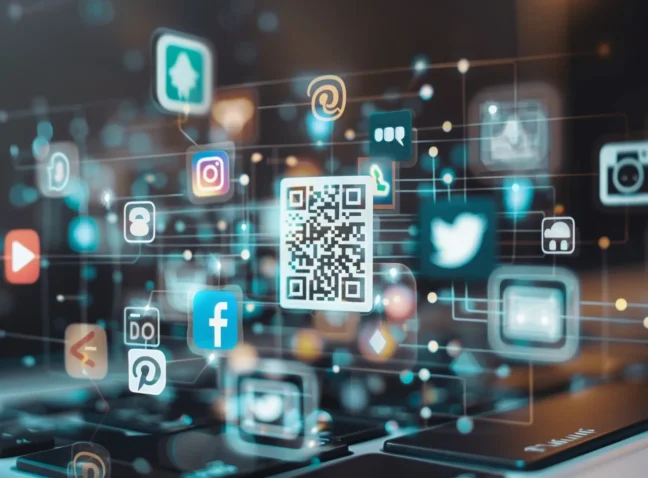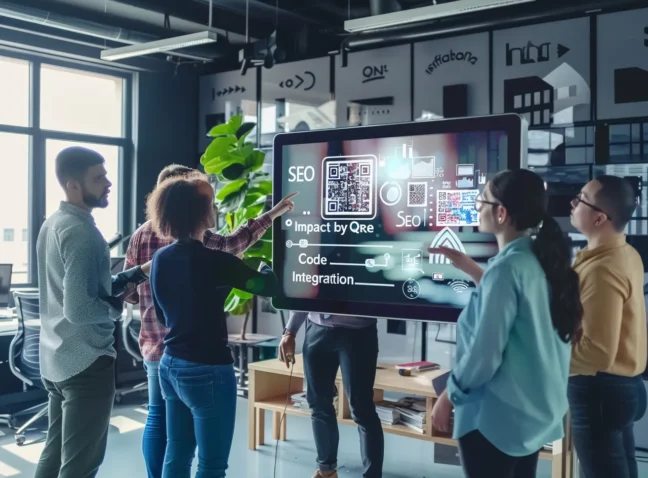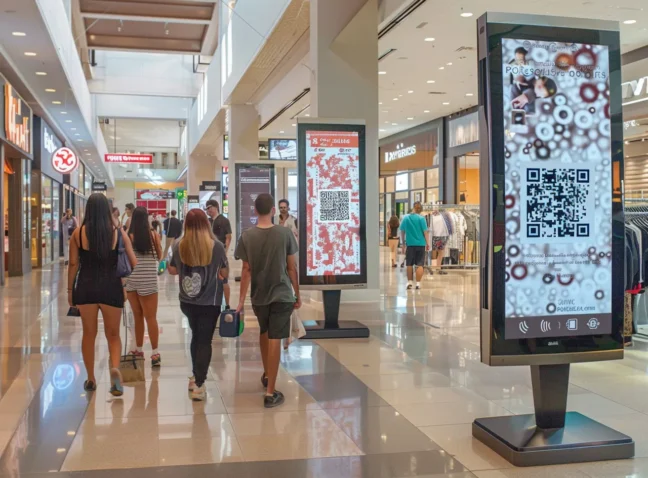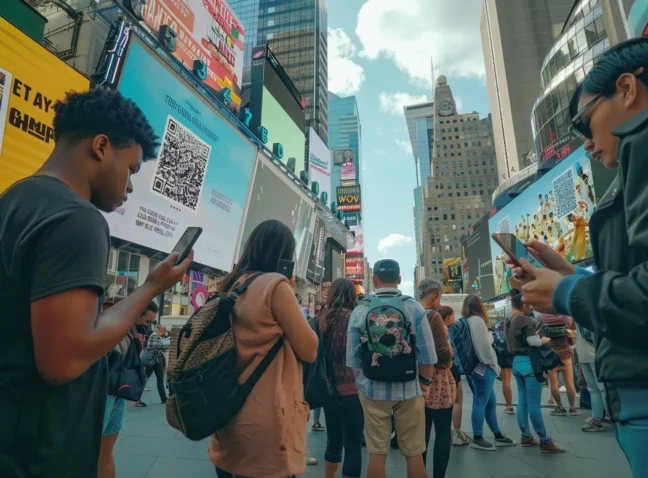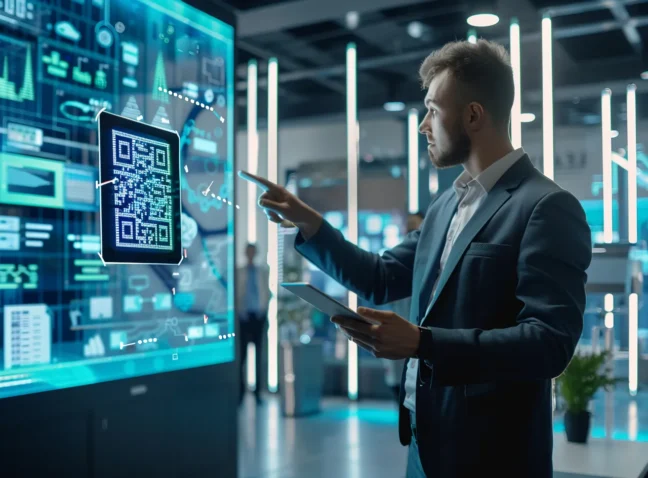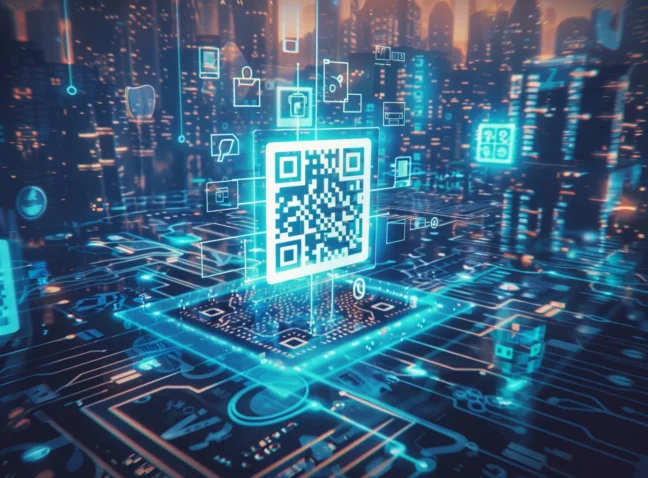QR codes can help your business in multiple ways. They can be used to connect with users digitally, even from the physical world, as QR codes can be embedded on a variety of material. For instance, you can increase the buying power of consumers directly from your ads by linking to product pages in billboard ads, flyers, brochures, and more.
Plus, they’re a great way to gather feedback, especially as they can be embedded on product packaging, cards and posters, and even at hotel checkout desks. As feedback pages can be accessed straight from smartphones, it’s much more convenient for users, as they don’t have to stop and fill out paper forms.
How to Boost Your Business Efficiency with MyQRCode
To take advantage of the key QR code benefits described above, generate a QR code for your business needs with MyQRCode in a few simple steps:
- Open MyQRCode and click the Create QR Code button,
- Choose the desired QR code type (Website URL, Image, Video, App, Menu, or else),
- Name your QR code,
- Provide details about your product, company, or service,
- Add links to your social media, website, and more,
- Upload images or videos if required,
- Optionally, customize your QR code design and add your logo,
- Review your QR code, download it, and share it with your customers.
Please note that you can use our tool for almost any type of digital content. Empower your marketing campaigns, share your contacts, drive traffic to your website, and make the most of QR code advantages with My QR Code.
